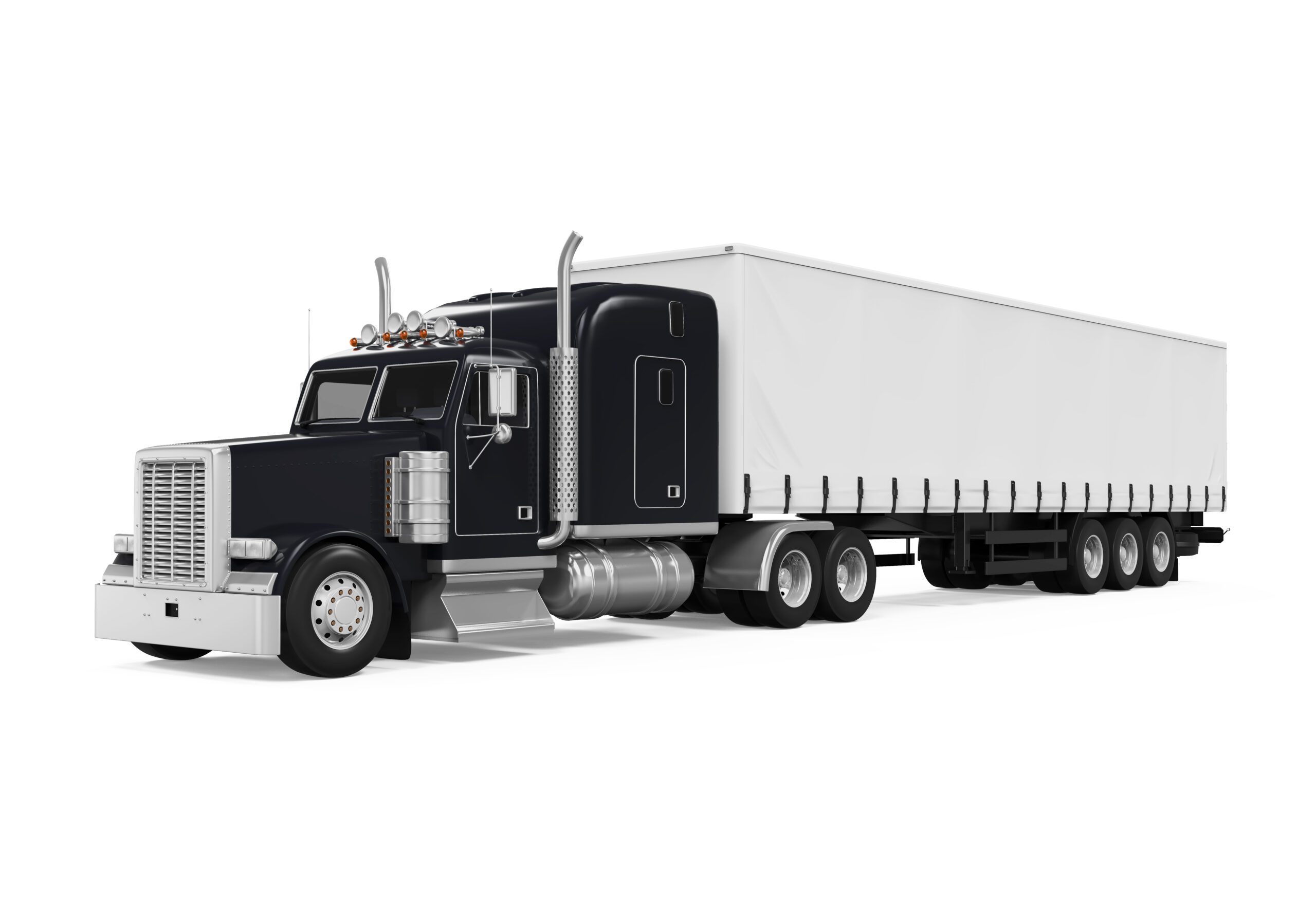What is FTL Shipping?
In the world of freight transportation, businesses face an array of choices when it comes to shipping their goods. One such option that stands out for its efficiency and cost-effectiveness is Full Truckload or FTL shipping. In this blog, we’ll explore what FTL shipping is, its benefits, and how your business can make the most of this logistics solution.
Understanding FTL Shipping
FTL shipping is a mode of transportation where an entire truck, often a 48-foot or 53-foot trailer, is dedicated to carrying a single shipment for one customer. Unlike Less Than Truckload (LTL) shipping, where multiple shippers’ goods share space in. a a single truck., FTL shipping provides exclusive use of the truck, making it ideal for larger shipments or those requiring specialized handling.
The Benefits of FTL Shipping
1. Faster Transit Times: Your cargo goes directly from the pickup location to the destination without stops for other shipments. This results ion quicker transit times, which can be crucial for time-sensitive deliveries.
2. Reduced Risk of Damage: Since your goods are the only ones in the truck, there’s a lower risk of damage or loss during transit. Proper loading and securement of the cargo are easier to ensure in FTL shipments.
3. Cost Savings: Surprisingly, FTL Shipping can be often more cost-effective than LTL for larger shipments. This is because you pay for the entire truck but avoid the added costs associated with LTL, such as multiple handling and transfers.
4. Customized Service: Can be tailored to your specific needs. You have greater control over the scheduling and routing of your shipments, allowing for customization and flexibility.
Making the Most of Full Truckload Shipping
To maximize the benefits of FTL Shipping, consider the following tips:
1. Optimize Cargo Space: Ensure your cargo fills the truck efficiently to avoid wasted space. Use load optimization software or work with a logistics expert to achieve this.
2. Plan ahead: Plan your shipments well in advance to secure truck capacity and avoid last-minute surcharges.
3. Partner with Reliable Carriers: Choose reputable carriers with a track record of safe and on-time deliveries. Read reviews and seek recommendation when selecting a carrier.
4. Leverage Technology: Utilize tracking and monitoring technologies to keep tabs on your shipment’s progress and receive real-time updates.
5. Continuous Improvement: Regularly review your shipping processes and costs to identify areas where further optimization is possible.
In conclusion, Full Truckload (FTL) shipping offers a range of benefits, including faster transit times, reduced risk of damage, and potential cost savings for larger shipments. By understanding these advantages and implementing best practises, your business can harness the power of FTL shipping to streamline your logistics operations and stay competitive in today’s fast-paced business environment.
To get a quick quote on your FTL freight, visit Freightnav and create your free account

